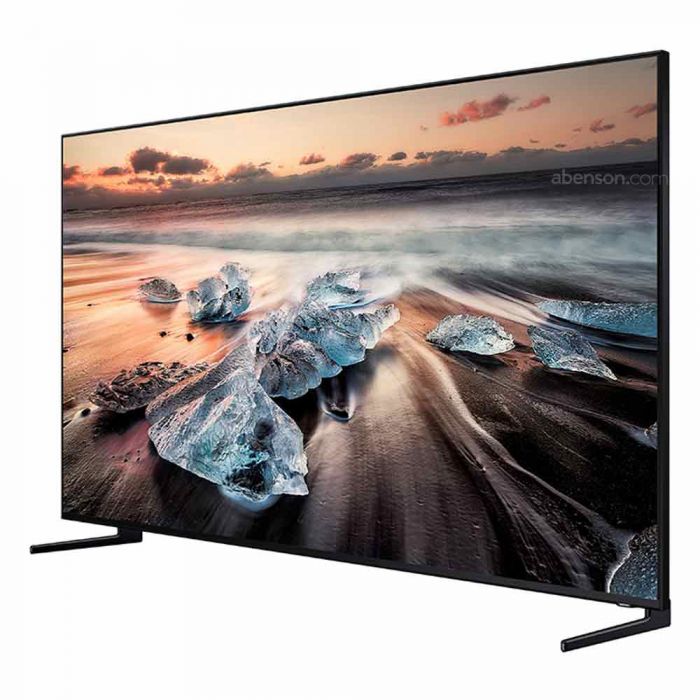Product of the Day
Samsung 8K TVs – Ideal partner for the Galaxy S20
Now that Samsung’s Galaxy S20 range can record in 8K, users will need a TV that’s capable of appreciating that recording quality.
Now that users can shoot 8K (or 32MP) video content on their devices, they’ll need a place to view them. Naturally, a user would think to watch the content on the device on which it was captured, but this may not represent optimal viewing. That’s because the Galaxy S20 range features a 3200×1440 resolution screen, whereas 8K is 7680 × 4320.
Not coincidentally, Samsung makes some of the best 8K displays on the market, and the Quantum Dot QLED 8K Q900R range will do a justice for these 8K recording on the S20. Here is a quick guide to the terminology behind these TVs:
What is a ‘Quantum Dot’?
Quantum dots are tiny particles of between two and 10 nanometres in diameter. Each dot gives off a different colour according to its size. This is the reason they’re so brilliant at displaying colour.
What is the difference between OLED and QLED?
Since QLED TVs don’t use organic elements, they are immune to screen burn-in. This is a display issue in which certain facets of an image shown on a TV screen, such as a channel logo, are either not shown properly, or fragments of that image remain on the screen. It then appears longer, as though it is embedded onto the display.
What does colour volume mean?
It means that colour doesn’t fade, in any lighting condition. It pinpoints colour accuracy, improved brightness and the deepest blacks are achieved on an active display.
What TV is best during the day?
When you watch TV during the day, the sun can wash out details or even completely cover up a portion of the screen. A TV with HDR (High Dynamic Range) helps in this situation as it keeps details clear on-screen even when the scene is dark or bright. In addition to HDR capabilities, consider picking up a TV which helps reflect light sources to lessen glare, like Samsung QLED.
For more information about 8K TVs from Samsung, click here.



















